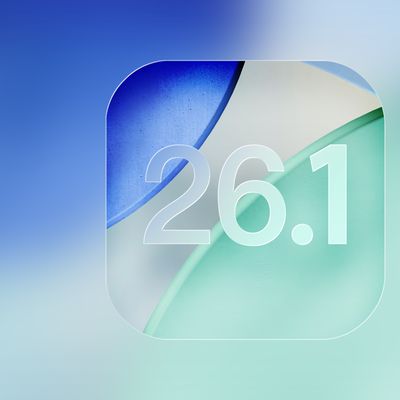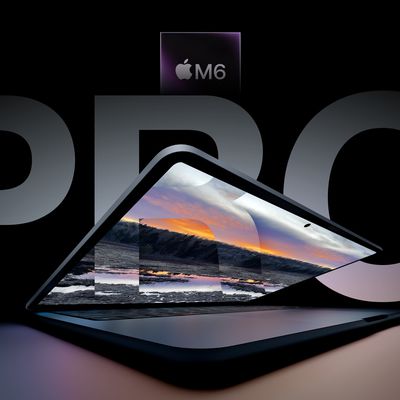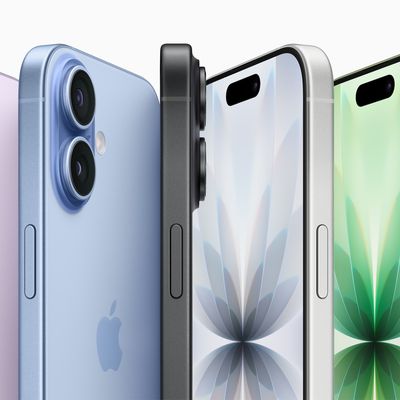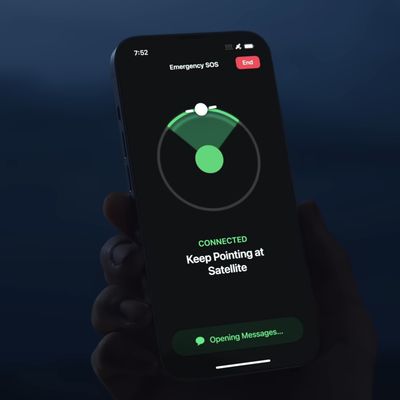Earlier this month, a new Kickstarter-funded documentary debuted on iTunes covering the intriguing history of the popular Amiga computer. Directed by Zach Weddington, Viva Amiga tells the story of how the Amiga project was started in 1985, and successfully captures the excitement of developers and users for what was considered a game-changing platform at the time.
The documentary features interviews with key Amiga engineers as well as some interviews with Amiga users (some of whom continue to use Amigas today), and charts the tremendous highs and incredible lows of the platform over the ensuing decades.
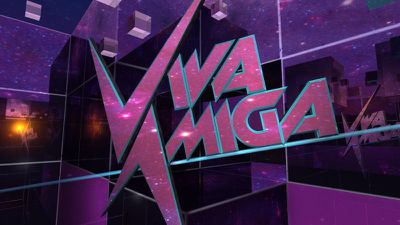
In 1985, an upstart team of Silicon Valley mavericks created a miracle: the Amiga computer. A machine made for creativity. For games, for art, for expression. Breaking from the mold set by IBM and Apple, this was something new. Something to change what people believed computers could do.
From the creation of the world's first multimedia digital art powerhouse, to a bankrupt shell sold and resold into obscurity, to a post-punk spark revitalized by determined fans. Viva Amiga is a look at a digital dream and the freaks, geeks and geniuses who brought it to life.
Acquired by Commodore in 1984 for an estimated $30 million, the multimedia Amiga computer created a stir in Silicon Valley, thanks to accelerated graphics and advanced audio hardware that leapfrogged the competition.
Steve Jobs reportedly became worried about the buzz surrounding the Amiga, because the machine used the same Motorola 68000 processor as the Macintosh, but with its 4,096-color display output, 4-channel sampled stereo sound and multi-tasking GUI, it made the year-old Macintosh look seriously dated.
During an event held at the Computer History Museum, California, where Viva Amiga got its first showing, Amiga Corp. investor Bill Hart confirmed that Steve Jobs took an early interest in the Amiga, and visited the group to watch a demo of what would later become the Amiga 1000. An Apple buyout was even floated, but Jobs reportedly never took the proposition seriously.
Ultimately, little came of the visit, which was later described as a "fishing expedition" for Jobs. Despite being integrated into just three chips, the machine had too much hardware for the Apple CEO's liking, while its full-bus-access expansion port was anathema to Jobs' pursuit of a closed architecture system.
Despite some successes – notably, the best-selling Amiga 500 home computer, introduced in 1987 – poor marketing and an inability to reproduce the heights of early innovations led to the Amiga losing market share to game consoles, IBM PCs, and Apple computers, and Commodore ultimately went bankrupt in April 1994.
Viva Amiga is available to buy for $9.99 or rent for $4.99 on iTunes. [Direct Link]



